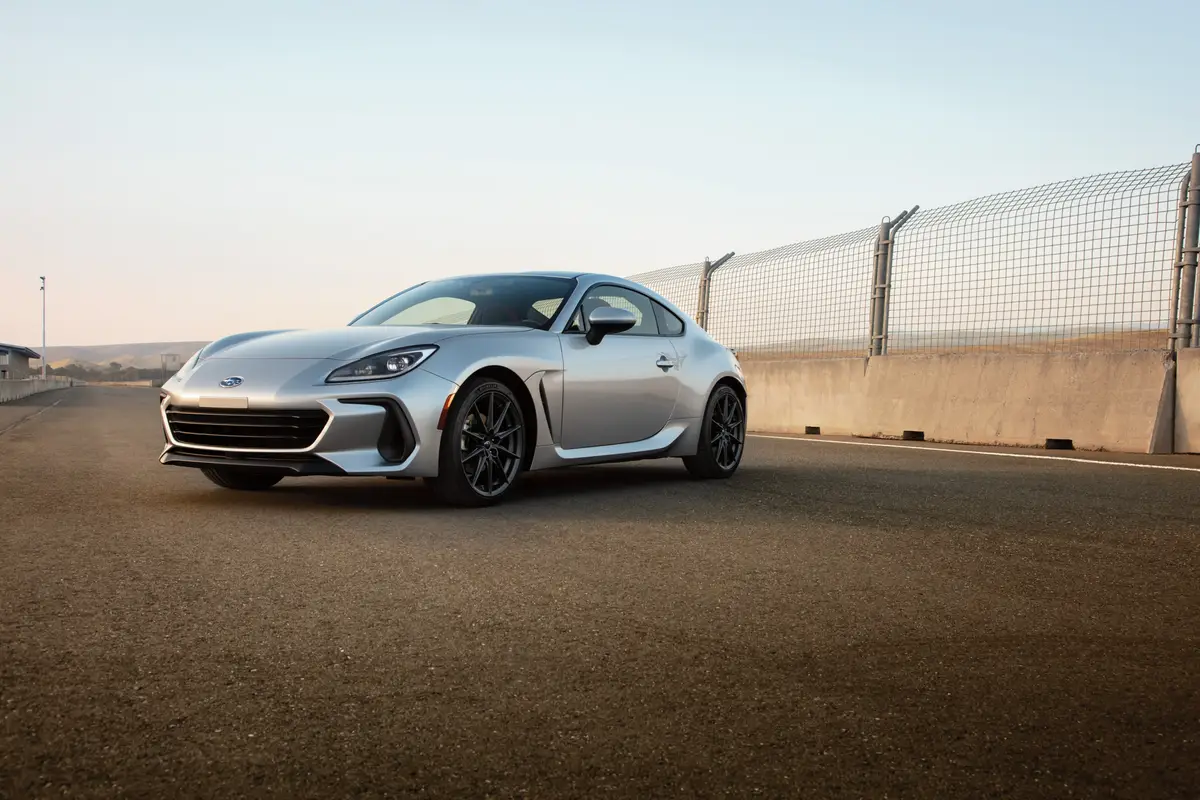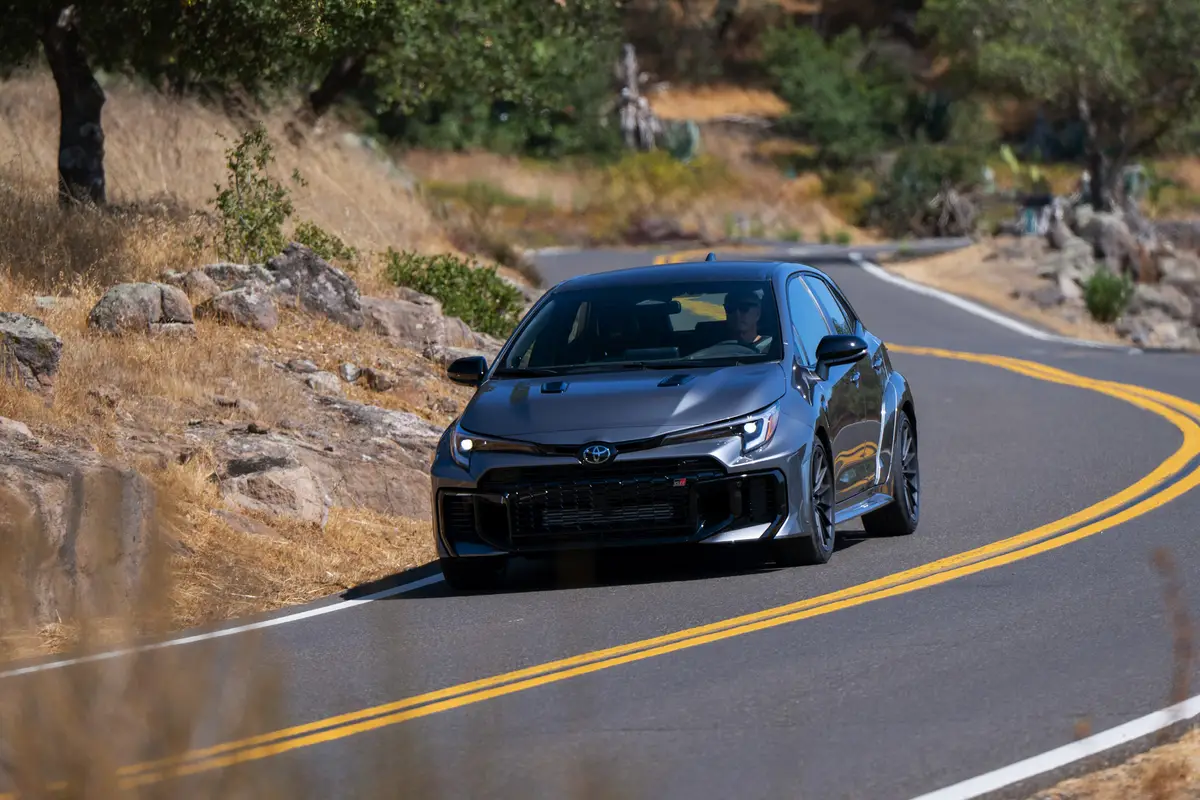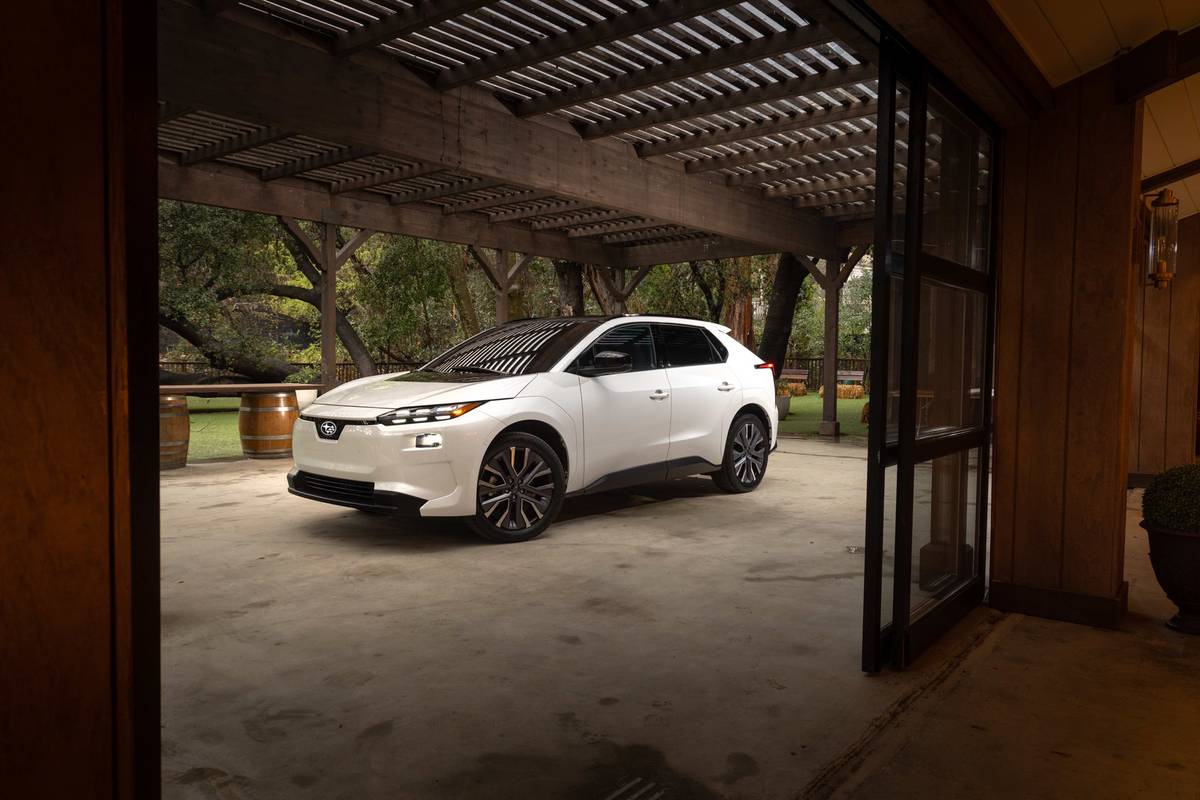washingtonpost.com's view
CORNWALL, N.Y. Fiat came to America to exploit Dodge’s truck business, not to bury it.
To denizens of the nation’s capital and other sectors of the urbanized East Coast — where work often means moving information instead of bulky physical loads — that might seem an odd assertion. Trucks in city precincts often are deemed gas guzzlers, oversized, motorized ego medallions or dirty work implements best kept out of sight of polite society.
But here in the Hudson River Valley and in similar communities worldwide where farm and other manual labor require lots of heavy lifting and hauling, trucks in general, and pickup trucks in particular, are needed and revered.
Italian automaker Fiat, long one of the world’s great manufacturers of pickups and other commercial vehicles, knows this. And it knows that, sooner or later, the Great Recession will stop receding and the global economy will start moving forward, giving trucks a new reason for being and the companies that make them an expanded source of income.
All of which is why Fiat last year undertook to “save” Chrysler from bankruptcy liquidation. Fiat wants to reshape and own the best pieces itself, and Chrysler’s storied Dodge Truck division is one of the best, as evidenced by this week’s subject vehicle, the 2010 Dodge Ram 2500 TRX4 Crew Cab.
It’s a monster machine, which means it’s not an especially welcome sight, nor is it the most convenient mode of personal transport in a congested urban setting. But up here, where populations tend to be small and the square miles separating them many, with lots to haul and tow in between, over sometimes challenging roads, the Ram 2500 is a welcome friend.
Please note that I referred to the “Ram 2500,” as opposed to the specific “Ram 2500 TRX4 Crew Cab.” There are 20 different styles of the 2010 Ram 2500, of which the Ram 2500 TRX4 (four-wheel drive) and TRX2 (rear-wheel drive), are designed more for sport (recreational off-road driving in the TRX4, for example) than labor.
Still, we’re talking about one tough truck. But it would make more sense with a diesel engine, such as the optional 6.7-liter, inline 6-cylinder, 350-horsepower Cummins turbo-diesel installed in the top Ram 2500 TRX model.
Diesel engines generally offer better fuel economy and more torque (more engine twisting power to do the work) than gasoline engines.
The gasoline-powered Ram 2500 TRX4 driven for this column acquitted itself well on uphill drives under load (a payload of 1,673 pounds).
It rolled problem-free through snow and mud.
It also behaved well in long-distance, high-speed highway traffic in terms of acceleration and flat-road ride comfort. But its factory weight — weight minus occupants and cargo — is 6,340 pounds. Included in that mass is a traditional truck suspension — solid live axles front and rear with a front stabilizer bar — that eagerly transfers the unhappiness of every struck bump and deep pothole to the bottoms and backs of the truck’s occupants.
A standard 5.7-liter, 383 hp, regular-gas V-8 propels the Ram 2500 TRX4. It’s a thirsty beast. But switching to rear-wheel-drive mode on paved roads saves fuel. Twisting a dashboard knob automatically puts it in four-wheel high, or in four-wheel low. A dashboard-mounted button operates a tow-haul system to help reduce engine noise and stress and improve fuel economy under heavy loads.
Conventional wisdom, particularly that emanating from the pinstriped valleys of Wall Street and along the Potomac River, said Fiat would save Chrysler by teaching the American company how to make small cars.
The likelihood is that some of that teaching will go on, especially if gasoline prices shoot up again.
But also likely is that the Italians will learn something new from the Americans about pickup trucks and take that knowledge to the bank. And that’s the real bottom line of this story.
Latest news



